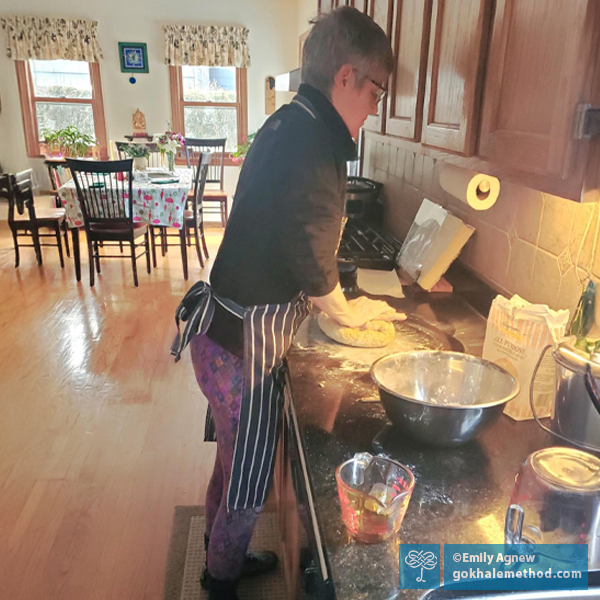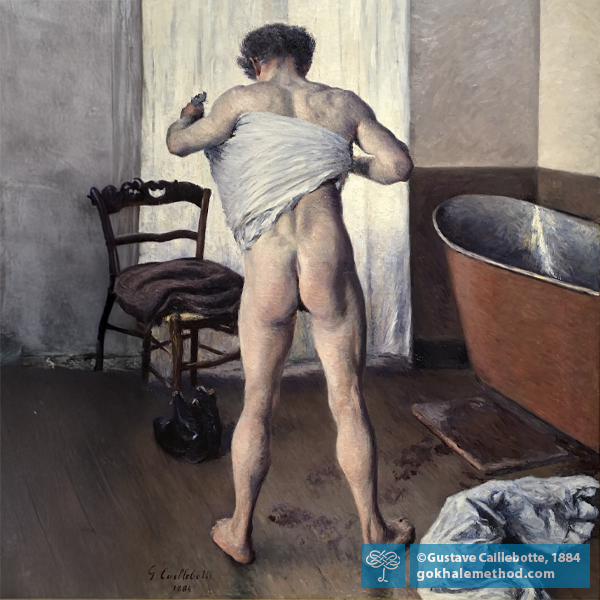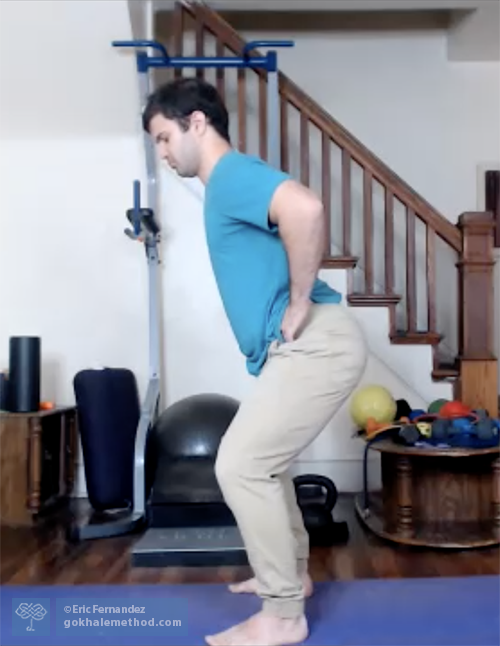My Gokhale Method® journey has unfolded in stages. I attended an in-person weekend Gokhale® Foundations course in 2016, seeking relief for a stiff neck. My neck had been a chronic problem during my long career as a professional oboe player, and it was now much worse after a freak fall down the stairs. As I began to incorporate the Gokhale principles into my daily life, my neck gradually improved.
Wake Up Your Glutes, They Snooze, You Lose
In surveys of what people find physically attractive in a partner, a shapely butt is often highly rated. Perhaps it’s no surprise, but if you want, there are even apps to help! So, are good-looking glutes all about sex appeal and filling out our clothing in a flattering fashion? While these concerns may be valid, it is also true that well-toned glutes have many other, profound, but less widely recognized attributes.
This blog post takes a look at the bigger picture of glute function. You may be surprised to find out just how much your glutes can contribute to healthy posture and a pain-free body.
Home Exercises Part 5: Squats
In this blog post, the fifth in our series scrutinizing popular home exercises, we are looking at squats. Is it a beneficial exercise, and how does it stack up—or not—against the principles of healthy posture?
Squats are a popular and effective exercise designed primarily to strengthen the front of thigh muscles (quadriceps), stabilize the knee joint, tone the butt (gluteus maximus), and also work the back muscles.



